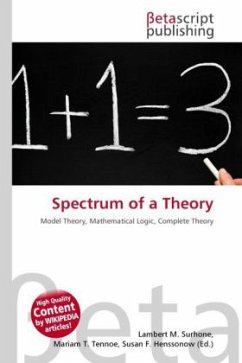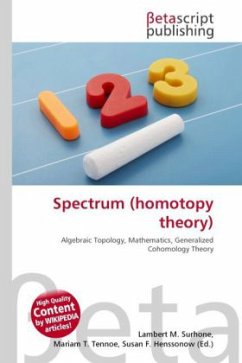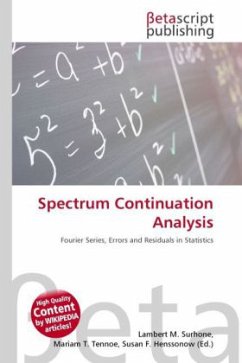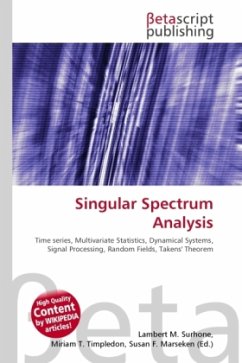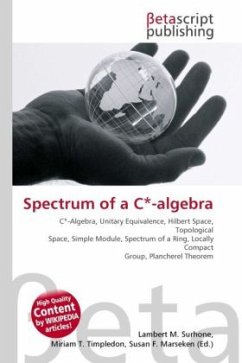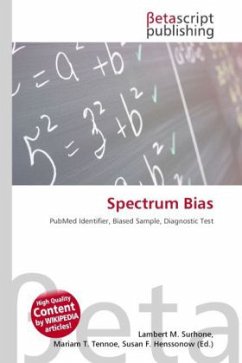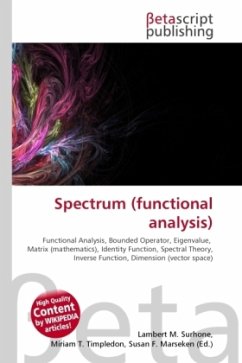High Quality Content by WIKIPEDIA articles! In model theory, a branch of mathematical logic, the spectrum of a theory is given by the number of isomorphism classes of models in various cardinalities. More precisely, for any complete theory T in a language we write I(T, ) for the number of models of T (up to isomorphism) of cardinality . The spectrum problem is to describe the possible behaviors of I(T, ) as a function of . It has been almost completely solved for the case of a countable theory T. Robert Vaught showed that I(T, ) cannot be 2. It is easy to find examples where it is any given non-negative integer other than 2. Morley proved that if I(T, ) is infinite then it must be 0 or 1 or the cardinality of the continuum. It is not known if it can be 1 if the continuum hypothesis is false: this is called the Vaught conjecture and is the main remaining open problem (in 2005) in the theory of the spectrum.
Bitte wählen Sie Ihr Anliegen aus.
Rechnungen
Retourenschein anfordern
Bestellstatus
Storno

